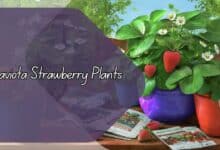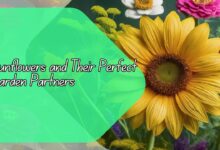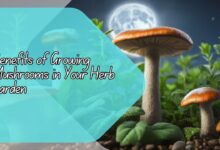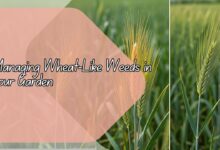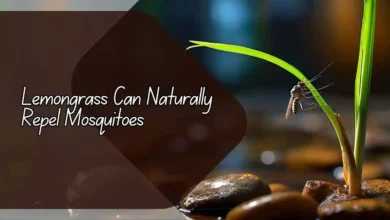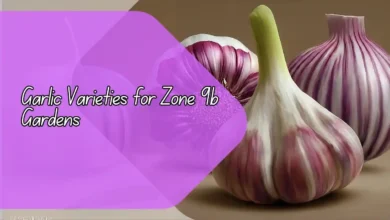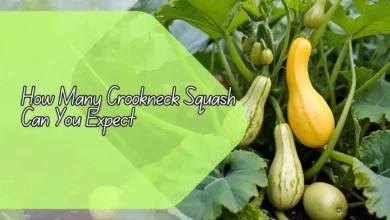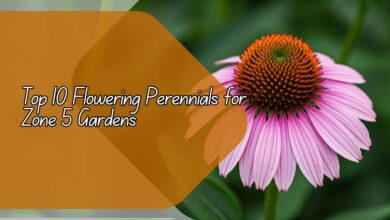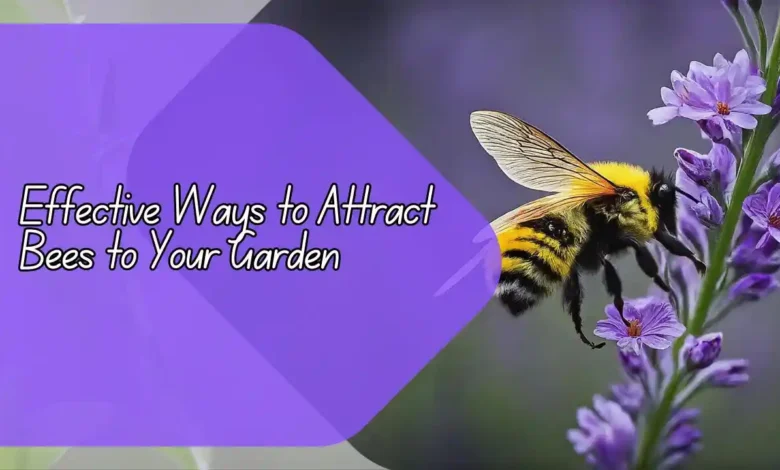
5 Effective Ways to Attract Bees to Your Garden (Without Attracting Wasps)
Are you looking to attract more bees to your garden to help with pollination but want to avoid attracting pesky wasps? In this article, we will discuss 5 effective ways to attract bees to your garden without luring in wasps. By following these tips, you can create a bee-friendly environment that will benefit both your garden and the bee population.
How can I attract bees to my garden?
If you want to attract bees to your garden, the key is to create a welcoming environment for them. Planting a variety of flowers that produce nectar and pollen is essential.
Bees are attracted to a diverse range of colors, shapes, and scents, so try to incorporate a mix of flowers with different bloom times. By providing a continuous food source, you can attract bees throughout the growing season.
In addition to flowers, you can also provide nesting sites for bees. Leaving areas of bare soil or setting up bee houses can give bees a place to nest and breed. By creating a bee-friendly habitat, you can attract these important pollinators to your garden.
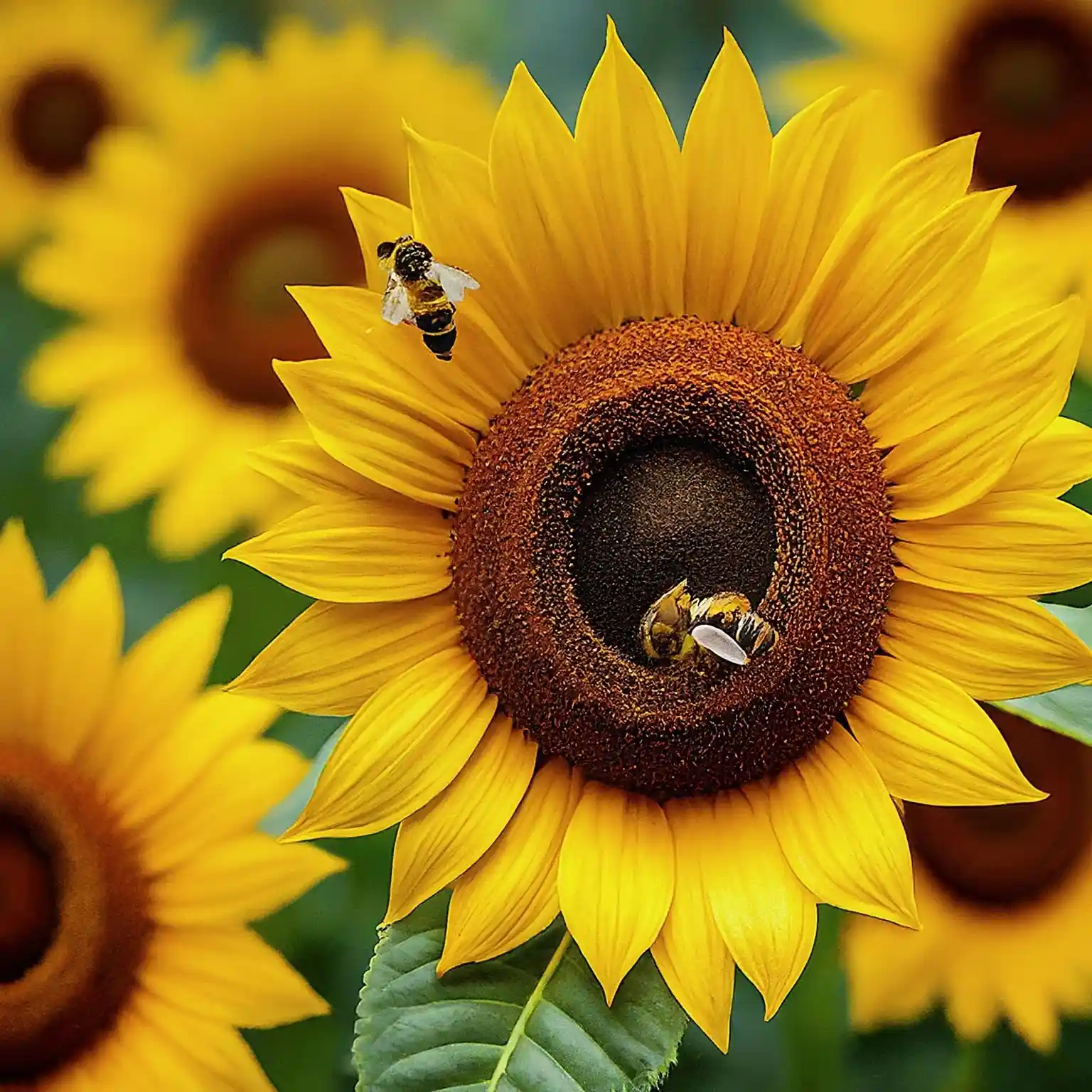
What types of flowers are attractive to bees?
Bees are particularly attracted to flowers that are rich in nectar and pollen. Some examples of bee-friendly flowers include lavender, sunflowers, coneflowers, and bee balm. These flowers provide a good source of food for bees and can help attract them to your garden.
It is also important to plant flowers with different bloom times to ensure a continuous food supply for bees throughout the season. By selecting a variety of flowers that bloom at different times, you can create a bee-friendly garden that will attract bees year-round.
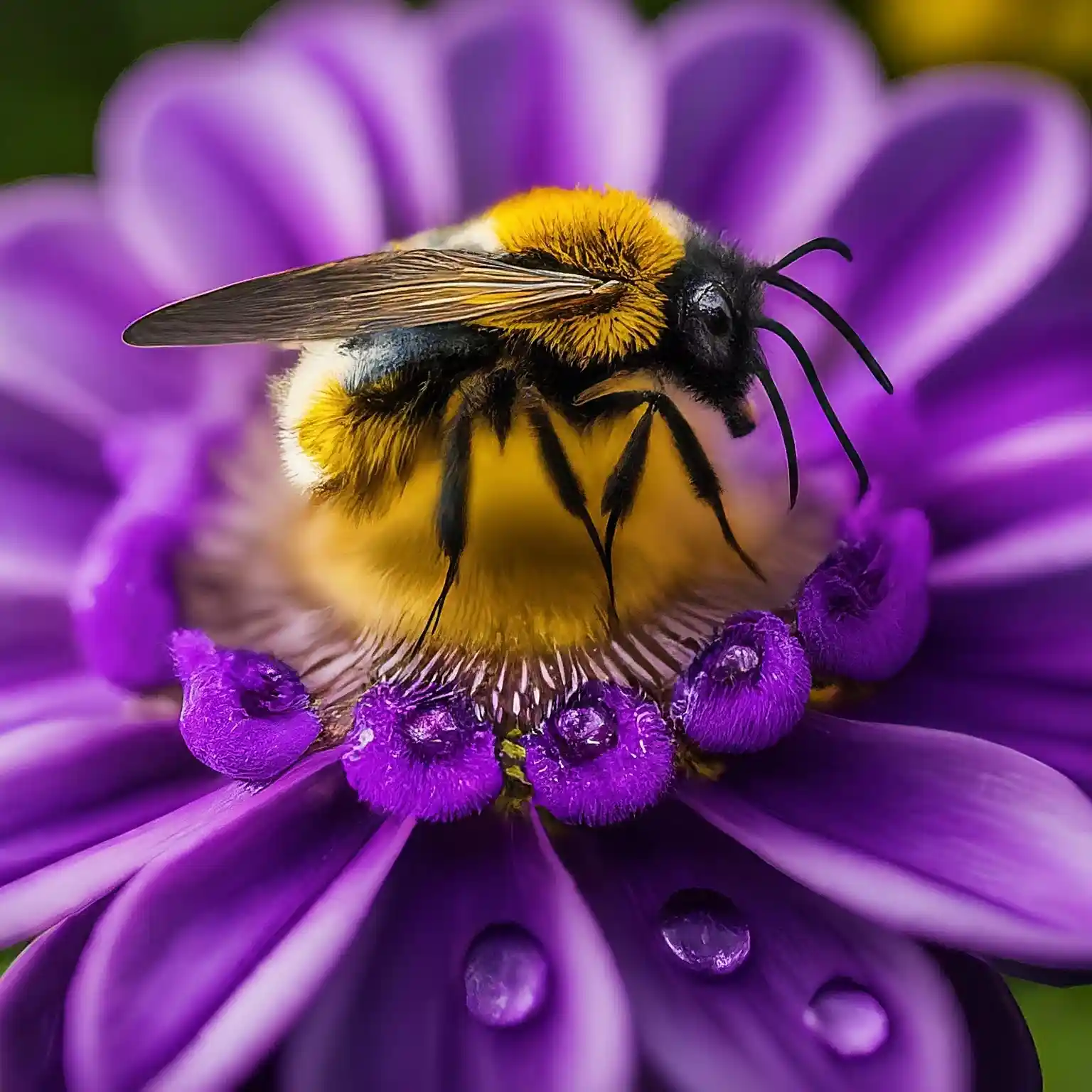
How can I create a bee-friendly environment in my garden?
In addition to planting bee-friendly flowers, there are other ways to create a welcoming environment for bees in your garden. Avoid using pesticides and herbicides, as these chemicals can harm bees and other pollinators. Instead, opt for natural pest control methods and organic gardening practices to protect the bees in your garden.
You can also provide a water source for bees by setting up a shallow dish or birdbath filled with water. Bees need water for hydration, especially during hot weather, so having a water source nearby can help attract them to your garden.
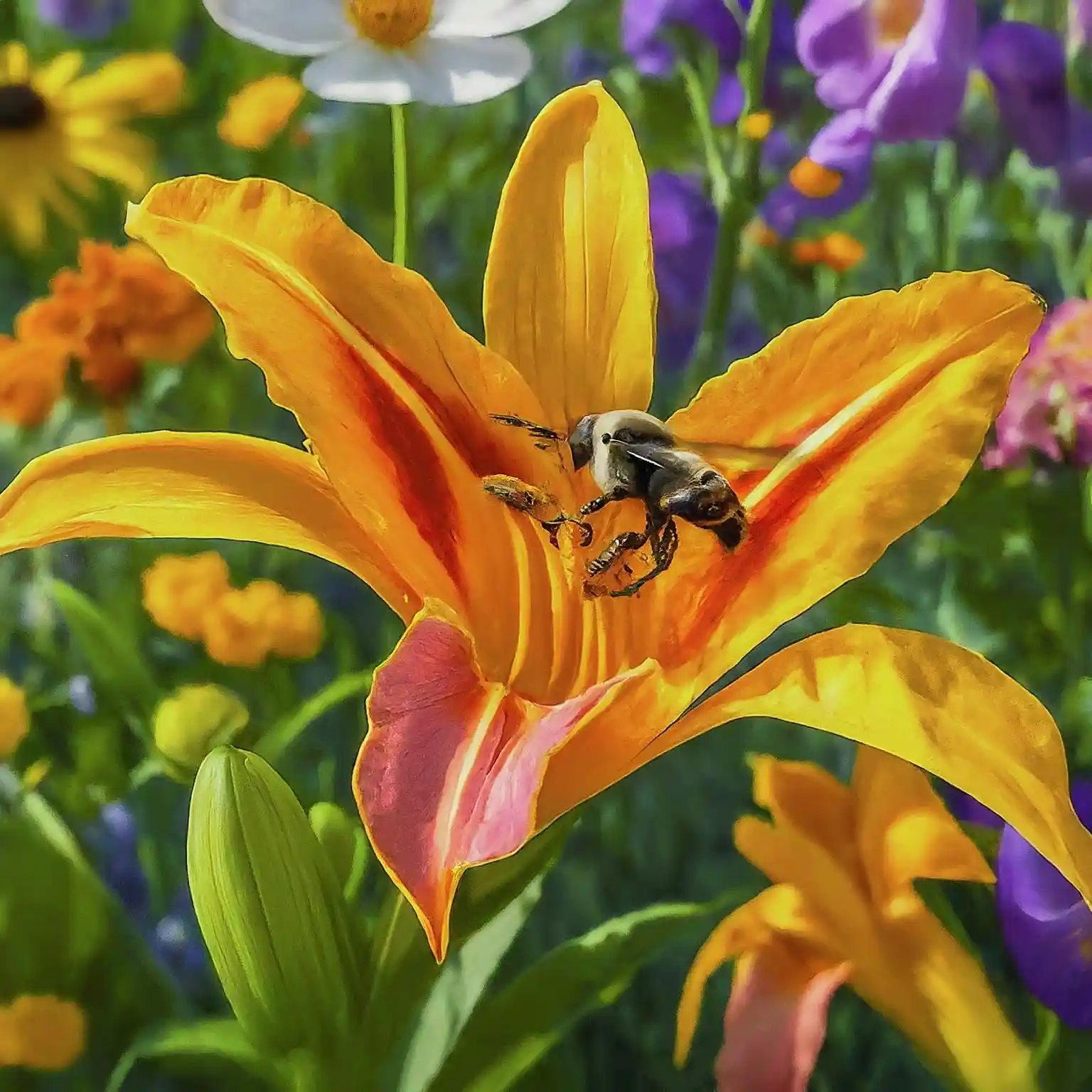
Are there any plants that repel wasps?
While it is not possible to completely repel wasps from your garden, there are some plants that may help deter them.
Plants such as mint, basil, and marigolds are known for their ability to repel certain pests, including wasps. By incorporating these plants into your garden, you may be able to reduce the presence of wasps and create a more bee-friendly environment.
In addition to planting repellent plants, you can also avoid leaving out food and drinks that may attract wasps. Keep garbage cans sealed and clean up spills promptly to discourage wasps from lingering in your garden.
How can I maintain a bee-friendly garden?
Once you have attracted bees to your garden, it is important to maintain a bee-friendly environment to ensure their continued presence.
Regularly deadhead flowers to promote new growth and attract more bees. Remove weeds that may compete with bee-friendly plants for resources and provide ongoing care to keep your garden healthy and thriving.
By following these tips and maintaining a bee-friendly garden, you can enjoy the benefits of increased pollination and a vibrant garden ecosystem that supports bees and other pollinators.
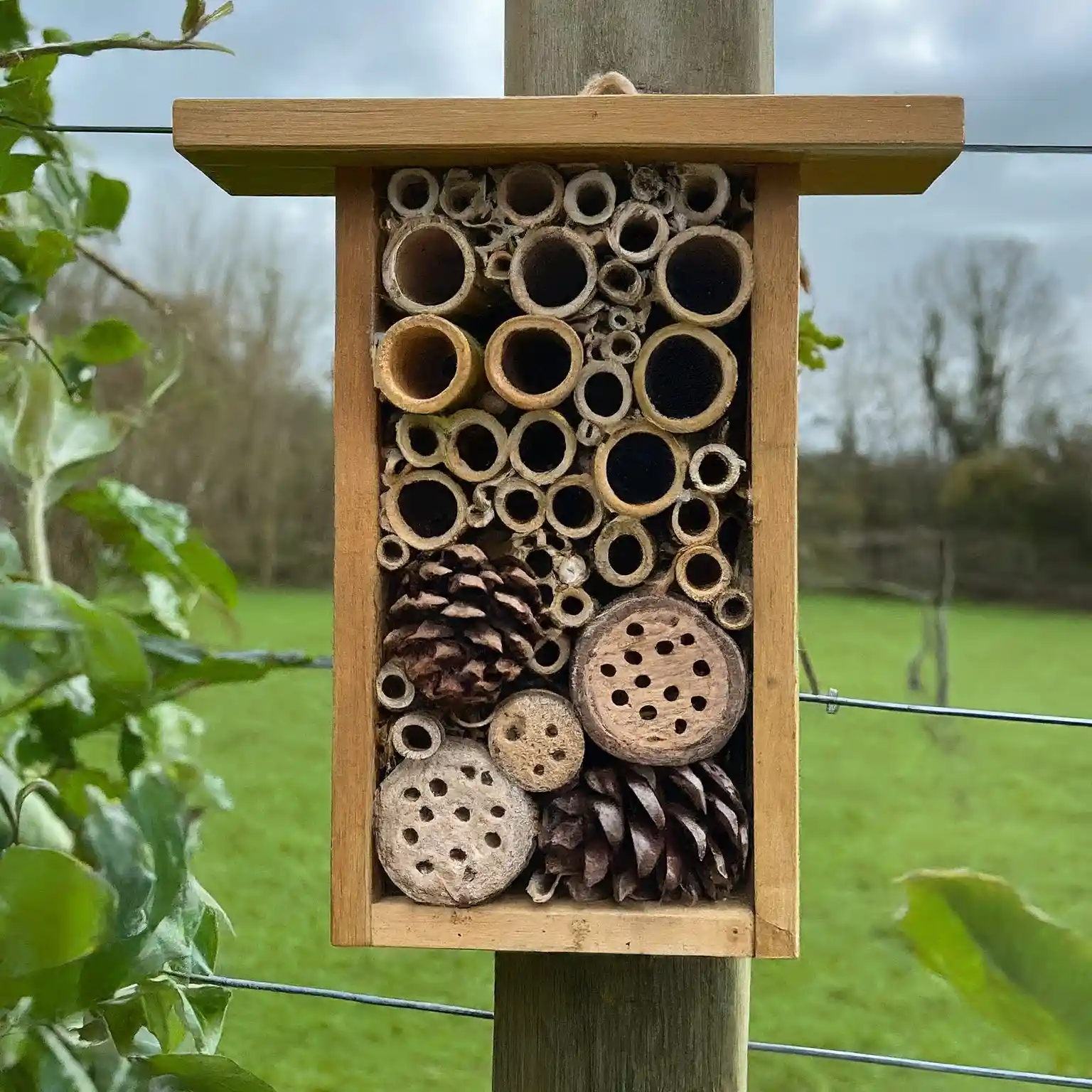
Conclusion
Attracting bees to your garden without attracting wasps is possible with the right approach. By planting a variety of bee-friendly flowers, providing nesting sites, and creating a welcoming environment free of pesticides, you can attract bees to your garden and help support their populations.
With these 5 effective ways, you can create a bee-friendly garden that benefits both your plants and the bee community.
FAQs
How do I know if the bees in my garden are safe?
Bees are generally not aggressive unless provoked, so as long as you do not disturb them or their nests, they should not pose a threat to you. However, if you are concerned about bee safety, it is best to observe them from a distance and avoid sudden movements that may startle them.
Can I still attract bees if I have a small garden?
Even if you have a small garden, you can still attract bees by planting bee-friendly flowers in containers or small beds. Bees are adaptable and will seek out food sources wherever they can find them, so even a small garden can provide a valuable habitat for bees.
How can I differentiate between bees and wasps in my garden?
Bees are typically hairy and bulky, while wasps are more slender and have a smooth body. Bees also have branched hairs on their bodies, while wasps do not. Additionally, bees are important pollinators, while wasps are predators that feed on other insects.
Are there any risks associated with attracting bees to my garden?
While bees are vital for pollination and ecosystem health, it is important to be mindful of allergic reactions to bee stings. If you or someone in your household has a severe bee allergy, take extra precautions when attracting bees to your garden and consider consulting with a healthcare professional.
How can I support bee populations beyond my garden?
In addition to creating a bee-friendly garden, you can support bee populations by advocating for pollinator-friendly practices in your community, such as planting wildflowers in public spaces or encouraging local authorities to limit pesticide use. By working together to create a bee-friendly environment, we can help protect these important pollinators for future generations.
